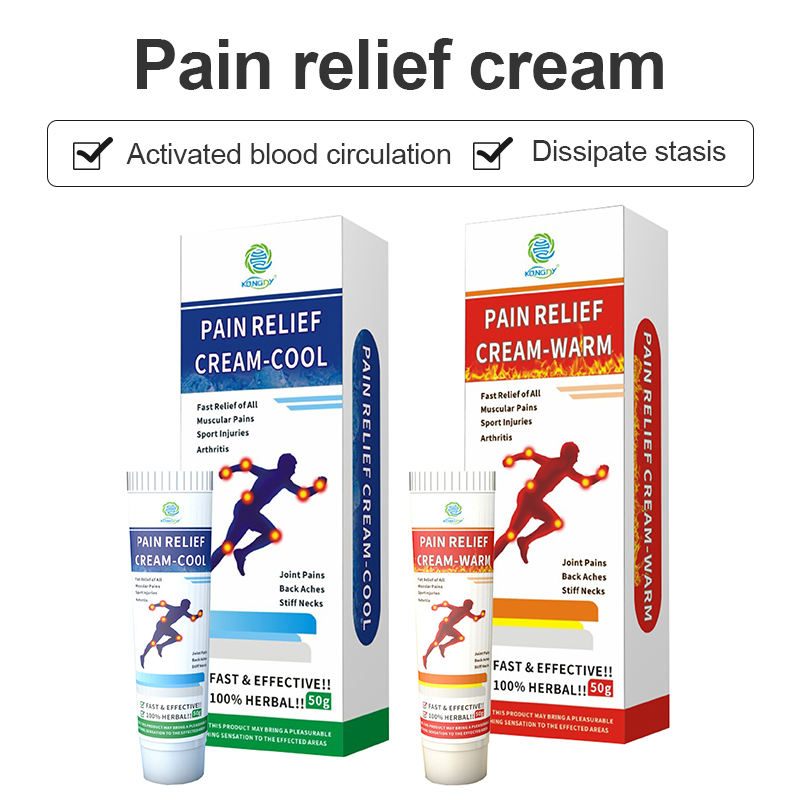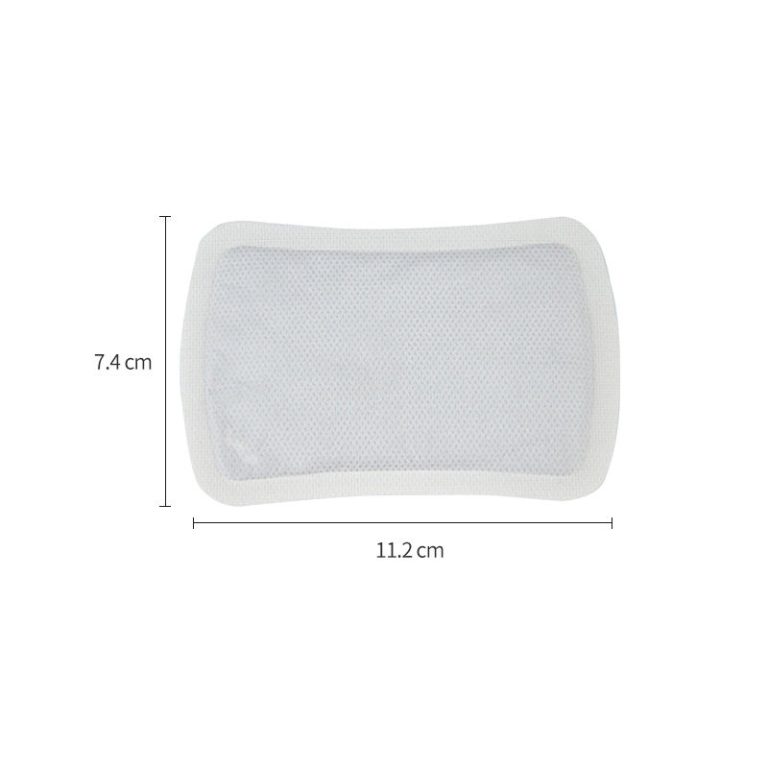Pain creams have become increasingly popular as a non-invasive method for managing various types of pain. But how exactly do these topical treatments work, and what should consumers know before using them? Understanding the science behind pain creams can help users make informed decisions about their pain management strategies.
At their core, pain creams work by delivering active ingredients through the skin to underlying tissues. This transdermal delivery system allows for localized treatment, targeting specific areas of discomfort without affecting the entire body. The skin acts as a semi-permeable barrier, allowing certain molecules to pass through and reach the affected muscles, joints, or nerves.

The effectiveness of pain creams often relies on a combination of active ingredients. Some common components include non-steroidal anti-inflammatory drugs (NSAIDs) like diclofenac, which reduce inflammation and pain. Others utilize counterirritants such as menthol or capsaicin, which create sensations of cold or heat that can override pain signals sent to the brain.
Recent advancements in pain cream formulations have led to the development of more sophisticated delivery systems. Liposomal technology, for instance, encapsulates active ingredients in tiny lipid bubbles, enhancing their ability to penetrate deeper into the skin and prolong their effects.
While pain creams offer many benefits, it’s important for users to be aware of potential considerations. Some individuals may experience skin irritation or allergic reactions to certain ingredients. Additionally, the systemic absorption of topical medications, while generally lower than oral medications, can still occur, potentially interacting with other medications or health conditions.
As research in this field continues, new formulations and delivery methods are likely to emerge, offering even more targeted and effective pain relief options. For now, consumers should consult with healthcare professionals to determine the most appropriate pain cream for their specific needs, ensuring safe and effective use of these innovative topical treatments.





